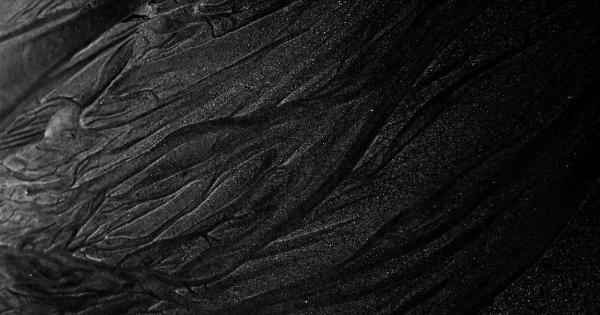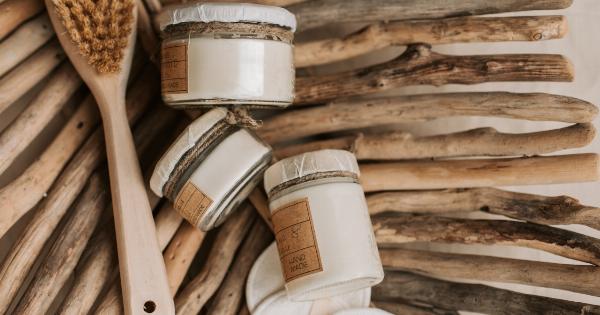Reducing skin resource usage is an important aspect of maintaining healthy skin. Excessive use of resources such as water, skincare products, and energy can lead to dryness, irritation, and damage to the skin.
To help prevent skin damage, experts recommend reducing resource usage by adopting sustainable skincare practices and making eco-conscious decisions.
1. Use Oil-Based Cleansers
A common mistake people make when cleansing their skin is using harsh soaps that strip away natural oils. This can result in dry, overly sensitive skin. Instead, opt for oil-based cleansers.
They gently remove dirt, makeup, and impurities without damaging the skin barrier.
Oil-based cleansers also require less water to rinse off, reducing water usage. They also come in recyclable packaging.
2. Take Shorter Showers
Long, hot showers can strip the skin of its natural oils, leaving it dry and itchy. Experts recommend taking shorter, cooler showers to reduce skin damage while conserving water.
You can also install a low-flow showerhead to further reduce water usage. Additionally, using a shower timer can help you track your shower time and limit water usage.
3. Use Sustainable Products
When choosing skincare products, opt for those made from sustainable, eco-friendly ingredients. Look for products made with natural, organic, and cruelty-free ingredients.
Additionally, choose products that use minimal packaging or packaging made from recycled materials. Avoid single-use products, which contribute to waste and harm the environment.
4. Cut Back on Exfoliation
While exfoliation can be beneficial for removing dead skin cells and promoting cell turnover, over-exfoliation can damage the skin barrier. This can lead to dryness, redness, and sensitivity.
To reduce skin resource usage, experts recommend exfoliating only once or twice a week. Additionally, choose gentle exfoliants that won’t damage the skin barrier, such as chemical exfoliants or a soft washcloth.
5. Choose Energy-Efficient Skincare Tools
Many skincare tools, such as facial cleansing brushes and rolling devices, require energy to function. To reduce energy usage, look for tools that are energy-efficient.
For example, opt for cleansing brushes with rechargeable batteries instead of those that require disposable batteries. Use an energy-efficient LED facial mask instead of a traditional, heat-producing mask.
6. Apply Skincare Products Wisely
When applying skincare products, use only what you need. Using excessive product doesn’t enhance its effectiveness and can actually harm the skin. Overuse can lead to clogged pores, irritation, and unnecessary expense.
Additionally, apply products in the correct order. For example, apply serums before moisturizers and sunscreen before makeup. Applying products in the correct order optimizes their effectiveness and reduces waste.
7. Go Makeup-Free
Makeup can clog pores, leading to breakouts and skin irritation. Additionally, removing makeup requires additional skincare products, water, and energy.
To reduce skin resource usage, consider going makeup-free. This lets the skin breathe and reduces the need for additional products, energy, and water.
8. Recycle Your Skincare Products
Recycling is an important aspect of reducing resource usage. When skincare products are emptied, rinse out the packaging and recycle it if possible.
Additionally, look for recycling programs offered by skincare brands. Many brands offer recycling programs that let you return empty packaging for recycling.
9. Use Reusable Skincare Tools
Disposable skincare tools, such as cotton pads and face masks, contribute to waste and harm the environment. Instead, choose reusable skincare tools that you can wash and reuse.
For example, use a reusable washcloth instead of disposable wipes. Additionally, use a silicone face mask instead of a disposable sheet mask.
10. Choose Multipurpose Skincare Products
Using multiple skincare products can lead to excessive resource usage. To reduce usage, choose multipurpose skincare products that combine multiple benefits.
For example, use a tinted moisturizer with SPF instead of using separate moisturizer, sunscreen, and foundation. Use a moisturizing spray instead of a toner and serum.
Conclusion
Reducing skin resource usage is an important aspect of maintaining healthy, eco-conscious skincare. By adopting sustainable skincare practices and making eco-conscious decisions, you can help prevent skin damage and promote a healthier planet.































